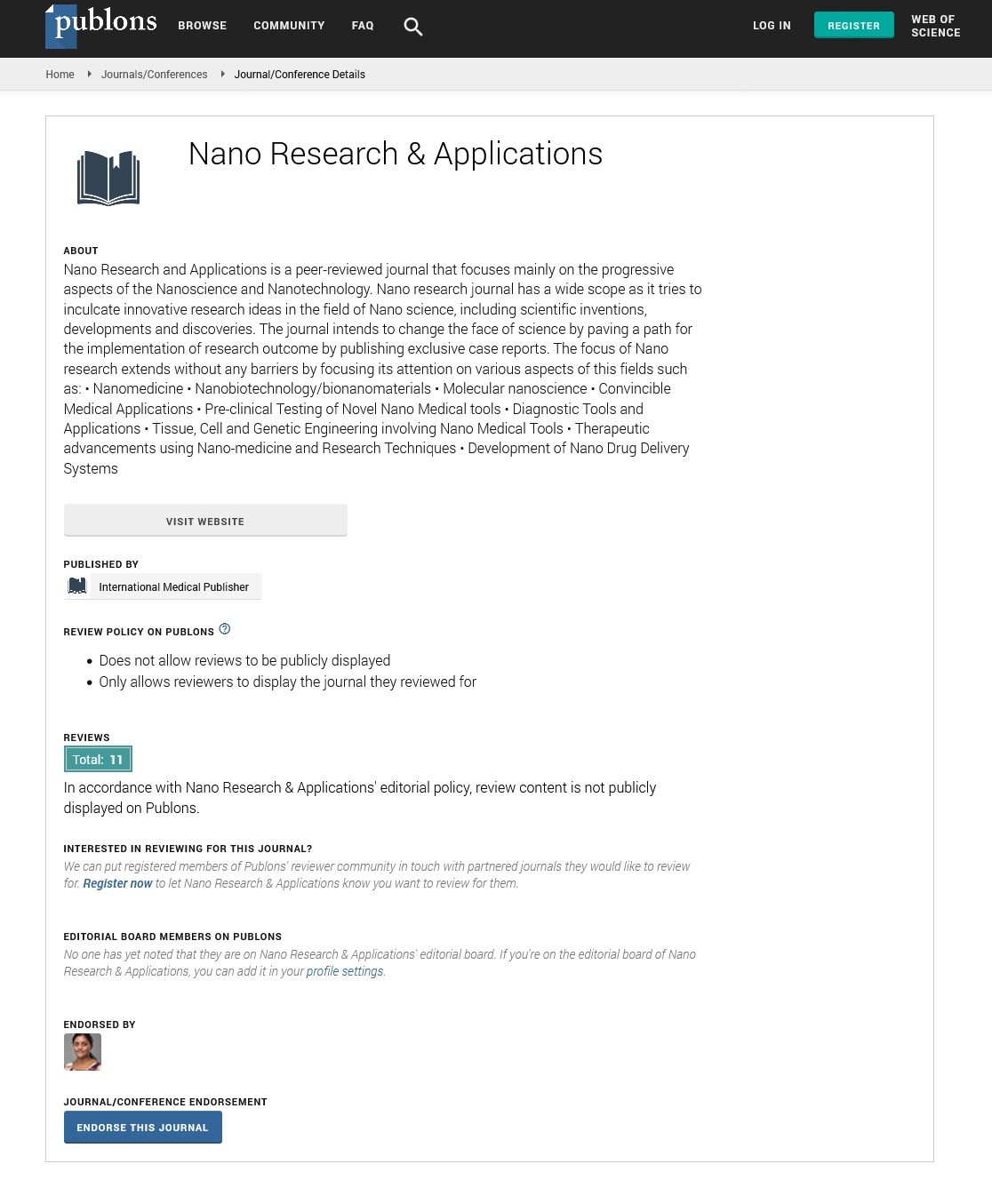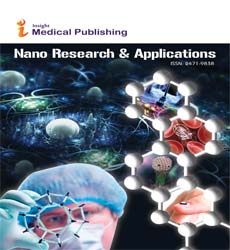Abstract
Green synthesis of copper oxide nanoparticles using Macrocystis pyrifera free-biomass extract
The need to carry out research focused on novel ecological protocols has increased exponentially, motivated by the common aim to reduce toxic by-products drawback from chemical and physical methods. Amongst different living organisms studied as potential candidates for the synthesis of metallic nanoparticles, algae biomass is presented as a novel and easy-to-handle. We evaluate the influence of reaction parameters in the synthesis of copper nanoparticles (Cu-NPs) using Macrocystis pyrifera free-biomass non-boiled (FBNB) extract. Response surface methodology (RSM) based on a central composite design (CCD) was used to evaluate the following independent variables for nanoparticle formation in the extract: X1: CuSO4 concentration; X2: pH; and X3: temperature. Their effects were assessed on synthesized Cu-NP average size distribution, zeta potential, and polydispersity index (PDI) by dynamic light scattering (DLS). Shape, size, and elemental mapping at a microstructural level were measured by scanning electron microscopy (SEM) with energy dispersive X-ray spectrometry (EDS). Results from CCD showed that predicted optimal reaction conditions for Cu-NP formation using M. pyrifera extract were 2.2 mM CuSO4 concentration, pH 8, and incubation at 25,5°C, obtaining an average size distribution, Z potential and PDI of 121 nm, -23.5 mV and 0.3, respectively. This work demonstrated that M. pyrifera extract is a feasible biomass for the synthesis of Cu-NPs and that the control of the reaction parameters can determine the nanoparticle characteristics.
Author(s):
Benjamín Durán-Vinet
Abstract | Full-Text | PDF
Share this

Google scholar citation report
Citations : 387
Nano Research & Applications received 387 citations as per google scholar report
Nano Research & Applications peer review process verified at publons
Abstracted/Indexed in
- Google Scholar
- China National Knowledge Infrastructure (CNKI)
- Directory of Research Journal Indexing (DRJI)
- WorldCat
- Publons
- Secret Search Engine Labs
- Euro Pub
Open Access Journals
- Aquaculture & Veterinary Science
- Chemistry & Chemical Sciences
- Clinical Sciences
- Engineering
- General Science
- Genetics & Molecular Biology
- Health Care & Nursing
- Immunology & Microbiology
- Materials Science
- Mathematics & Physics
- Medical Sciences
- Neurology & Psychiatry
- Oncology & Cancer Science
- Pharmaceutical Sciences


